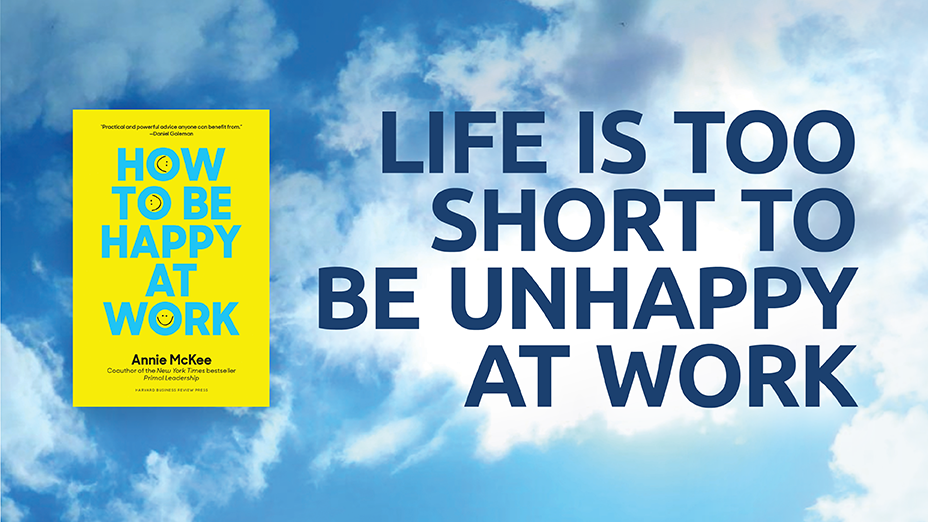Let me introduce you to a new breed of disruptors.
This category of disruptors writes their own rules.
Today, the most iconic disruptors are Cultural Disruptors – individuals or brands that can implant themselves so deep into the hearts and minds of a community, that their next move, however audacious, changes how we view life itself, social norms, and even political balances of power.
They build their own universes.
For decades, our society has been obsessed over a singular type of disruptors: the technological disruptors. There are thousands of stories written about companies like Stripe, Uber, Netflix and Airbnb. But, if we pull back the curtains on history, disruption isn’t just about business, and it certainly doesn’t only come through technology. Disruption is about an upheaval of the status quo, wherever it exists:
- Shakespeare disrupted the arts by bringing the elites and the masses together through stories.
- Henry Ford disrupted the process of industrialization by utilizing the assembly line.
- Mahatma Gandhi disrupted colonialism through use of a peaceful method.
Cultural disruptors will outlast the technologies they invent, or the powers they fight. Their unfair advantage is that they have built a deep affinity with their customers and community. Today, some of the best brands – from Gymshark to Glossier to Skims to the Bored Ape Yacht Club - have created their own universes by:
- Turning Fans Into Storytellers
- Surrounding Themselves with Innovators
Turning Fans into Storytellers
One of the ways that these disruptors build their own universes is by enabling their fans to create their own stories.
From comic book superheroes to Cinderella, from the origins of the universe to the Origin of Species, from Batman to Band of Brothers, stories become the iconic ideas that inspire, unite, and rally humanity. The greatest stories don’t just provide the needed inspiration, but offer a touchstone, a point from which people can add to create their own story inside your universe.
Consider the most successful game creators, comic book writers, media companies, NFT projects and authors: They all create a macro cosmos so large, they have room for not only their own stories, but the stories of others.
Dungeons & Dragons is an entire world of gameplay that encourages the individual players to build their own character. D&D created the platform; others leap from it.
Shein encourages their fans to film their own “Shein hauls” on TikTok and YouTube to showcase their latest fashions.
Comic book creators design such detailed and expansive characters, places, and powers, that dozens of writers, artists, actors, and directors can keep adding, expanding, and re-creating for decades.
Writers such as J. K. Rowling, J. R. R. Tolkien, and George Lucas develop such captivating stories, that there’s a whole genre of work called “fan fiction” that invites others to create.
The NFT project, Bored Ape Yacht Club, allowed its members to have unlimited commercial rights, and essentially incentivizing their members to create derivative works using their brand.
These entities demonstrate that if we want to create something truly culturally disruptive - such as a new product, a revolutionized platform, or a creative method of accomplishing an outcome - then we’re eventually going to need a dedicated following - that is a devout group of individuals who turn into fans, evangelists, and partners.
Whether you’re creating a new video, a new podcast, a new product, or a new service, people need to know why this matters to you. Choose a story and go for it. It doesn’t need to be in the least made up, but it does need to be real, in their face. The truer the better; the rarer the better; and the clearer you can paint the battle lines, all the better.
People will buy into your story, your podcast’s story, your product’s story, or whatever your disruptive idea is, when the story pricks their imaginations.
If you want to know how to create a story, read a book on Greek gods and goddesses, or check out the Star Wars series, and apply what you’re learning to the tale you’re trying to tell. Particularly, you’ll need these elements.
Surround Yourself with Other Innovators
If you want to inspire cultural disruption, eventually you’ll need help from those around you. I like to tell my team, “Never show up to a battle without an army.”
In his book Wanting, author Luke Burgis talks about mimetic desire, a concept originally developed by French philosopher and polymath René Girard. Burgis and Girard both posit that our innermost desires often aren’t ours at all, but that we’re simply mimicking the desires of others. We want the Ferrari because Joe wants it. We want the scholarship because Angela has it. I’ve watched as my son picks up a previously discarded truck, lying on the floor near a group of other children. Suddenly that truck is the object of every child’s desire.
If you apply this to how to disrupt a culture, you’ll find a huge upside:
Once you start innovating, you’ll ignite the innovation desires of others.
They see how the marketplace rewarded you, how the industry recognized you, and they want the same. This is the kind of innovation fire you need to start, be a part of, and fan, if you want to truly be a cultural disruptor.
In the best way possible, innovation is a contagious, dangerous game. And like any infectious organism, it spreads in proximity.
That’s one reason Silicon Valley pumps out so many awe-inspiring technologies—the valley is a hub of innovative tech, and it just keeps attracting more innovators, like a magnet.
You can also look at Russell Simmons’s ground-breaking TV show, Def Comedy Jam. When he put together African American comedians from across the country to challenge and excite each other, a who’s who of the world’s greatest comedians emerged: Martin Lawrence, Chris Tucker, Chris Rock, Dave Chappelle. I could go on with iconic names.
If you put our mimetic desires in a room with other innovators, the results are contagious, as we each challenge and inspire the best in each other. Cultural disruptors don’t wait for permission, for anyone to invite them. They take their place at the table, or they build their own. They find a way in, a way around. Along the way, they inspire others; they infect the marketplace with new methods, new systems, and new products. They discover, create, fail, repeat.
The world doesn’t make room for Cultural Disruptors and their ideas; they reshape the world as needed.
They empower their fans to build stories, to build ideas more viral than their product and ultimately to work with others to fuel their own legacy.
It’s time to jump, to make a bold move, one that requires taking a chance. Put some skin in the game, and make a little noise. Likely, when you do, you’ll find others who’ve been thinking the same things all along. When you do ruffle some feathers—and you will—just remember what Oscar Wilde said:
“An idea that is not dangerous is unworthy of being called an idea at all.”





.png)
%20(1).png)



What Did You Think?